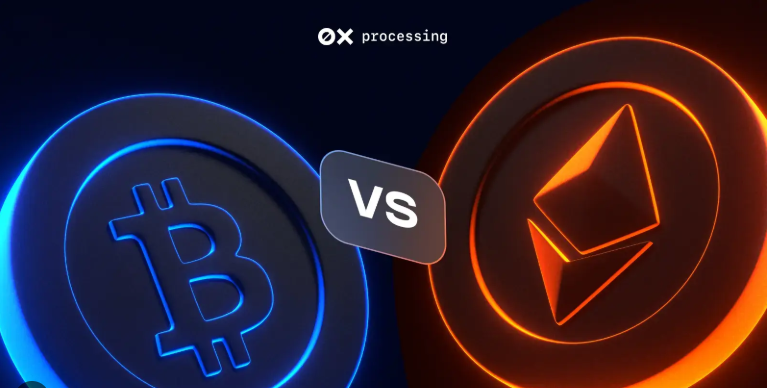The Bitcoin vs Ethereum debate is as old as crypto itself. In 2025, this rivalry has reached a new dimension as both coins have matured technologically and economically. With institutional adoption surging, on-chain innovation accelerating, and macro-financial roles evolving, which asset is leading the decentralized revolution?
Bitcoin in 2025: Digital Gold 2.0
Bitcoin continues to dominate as a store of value and hedge against inflation. Its limited supply, transparent issuance, and rising institutional interest make it the preferred asset for long-term holding.
- ETF Impact: Spot BTC ETFs have brought billions in inflows.
- Lightning Network: Continued adoption for micro-payments and remittances.
- Price Range: Holding strong between $70,000–$80,000.
However, Bitcoin’s limited programmability and reliance on Layer 2 solutions mean it’s less flexible than Ethereum in terms of smart contract utility.
Ethereum in 2025: The Programmable Economy
Ethereum is the backbone of Web3 in 2025. Thanks to upgrades like EIP-4844 (Proto-Danksharding) and widespread Layer 2 adoption, the network handles millions of daily transactions efficiently.
- Use Cases: DeFi, NFTs, gaming, DAOs, tokenized assets.
- Staking: Over 25 million ETH staked, securing the network.
- Interoperability: Bridges to Cosmos, Polkadot, and Bitcoin.
Ethereum has a strong edge in terms of real-world utility and developer activity. However, its monetary policy remains more complex than Bitcoin’s simple fixed supply.
Verdict: Different Strengths, Same Revolution
- Bitcoin is winning in the store-of-value and institutional trust arena.
- Ethereum is leading in programmability, developer traction, and dApp volume.
The decentralized revolution needs both: Bitcoin as the anchor of digital value, and Ethereum as the engine of decentralized innovation.
